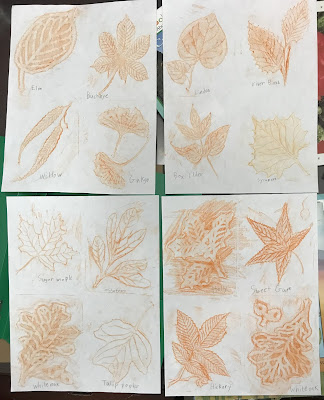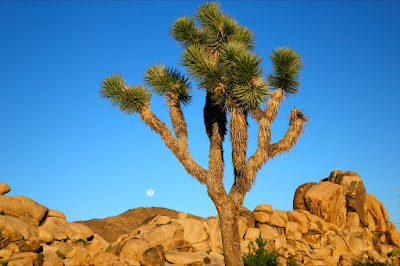~ 09/22/2021 ~
參考之前學習過的 Plants 植物
弟弟按照花朵模型繪製的 Parts of A Plant
Parts of a Plant
- Roots
- Roots act like straws absorbing water and minerals from the soil. Tiny root hairs stick out of the root, helping in the absorption. Roots help to anchor the plant in the soil so it does not fall over. Roots also store extra food for future use.
- Stems
- Stems do many things. They support the plant. They act like the plant's plumbing system, conducting water and nutrients from the roots and food in the form of glucose from the leaves to other plant parts. Stems can be herbaceous like the bendable stem of a daisy or woody like the trunk of an oak tree.
- Leaves
- Most plants' food is made in their leaves. Leaves are designed to capture sunlight which the plant uses to make food through a process called photosynthesis.
- Flowers
- Flowers are the reproductive part of most plants. Flowers contain pollen and tiny eggs called ovules. After pollination of the flower and fertilization of the ovule, the ovule develops into a fruit.
- Fruit
- Fruit provides a covering for seeds. Fruit can be fleshy like an apple or hard like a nut.
- Seeds
- Seeds contain new plants. Seeds form in fruit.
~ 簡單跟弟弟介紹了 spores! ~
Some plants don't produce flowers and seeds. Plants such as ferns and mosses are called nonflowering plants and produce spores instead of seeds. There is also another group called the Fungi, that include mushrooms, and these also reproduce by spores. We often think of these individuals as "non photosynthetic plants" when in fact they belong to their very own group or kingdom.
Spores are microscopic specks of living material. Ferns produce their spores on the undersides of the leaves (fronds). You may have seen them. They are the brown "spots" or "pads" on the bottom of the leaves. If you have access to a microscope, use it to look at the spores. You will find them to be a variety of shapes and unique to each kind of fern.
















No comments:
Post a Comment